Y6 Alice in Wonderland vs Harry Potter
£3.00
KS2 National Curriculum:
✓ Compare texts and themes
✓ Write non-narrative reports
✓ Use cohesive devices
Activities in this lesson include comparing the main features of early (simple) fantasy stories such as Alice in Wonderland and The Lion, the Witch and the Wardrobe with later (complex) fantasy stories such as Harry Potter. Activities in this lesson also include looking at the features of a report, and writing a report about the differences between early fantasy stories and the Harry Potter stories.
There is a five-minute evidence-based CPD activity at the end of this lesson which will develop classroom teachers’ skill set. This CPD consists of a research extract on peer assessment with a five-minute activity based on this extract.
Description
These evidence-based learning (EBL) lessons are based on classroom practice that has been proven, by research, to maximise thinking, learning and attainment. From an extensive review of educational research, we identified the eight key classroom thinking and learning skills that were common across these research papers. We named these eight key skills “EBL skills”.
EBL skills have been proven by research to maximise learning because they combine the most productive thinking skills with the most effective learning behaviours. Each of our evidence-based learning lessons uses the English curriculum as a framework through which the eight EBL skills are delivered.
Teachers also have the opportunity to add to their own skill set or refresh their existing skills with our five-minute CPD activity, based on one of the EBL skills used in this lesson.
The skills in bold below are the EBL skills developed in this Fantasy Story lesson. Click on each skill to learn more about that skill.
- Collaboration
- Thinking Skills
- Peer Assessment
- Peer Teaching
- Self-Assessment
- Metacognition
- Self-Regulation
- Independent Learning
1 review for Y6 Alice in Wonderland vs Harry Potter
Only logged in customers who have purchased this product may leave a review.
Related products
-
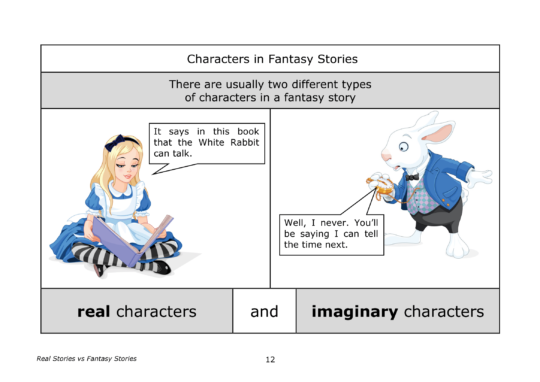

Y5 Real Stories vs Fantasy Stories
£3.00 Add to basket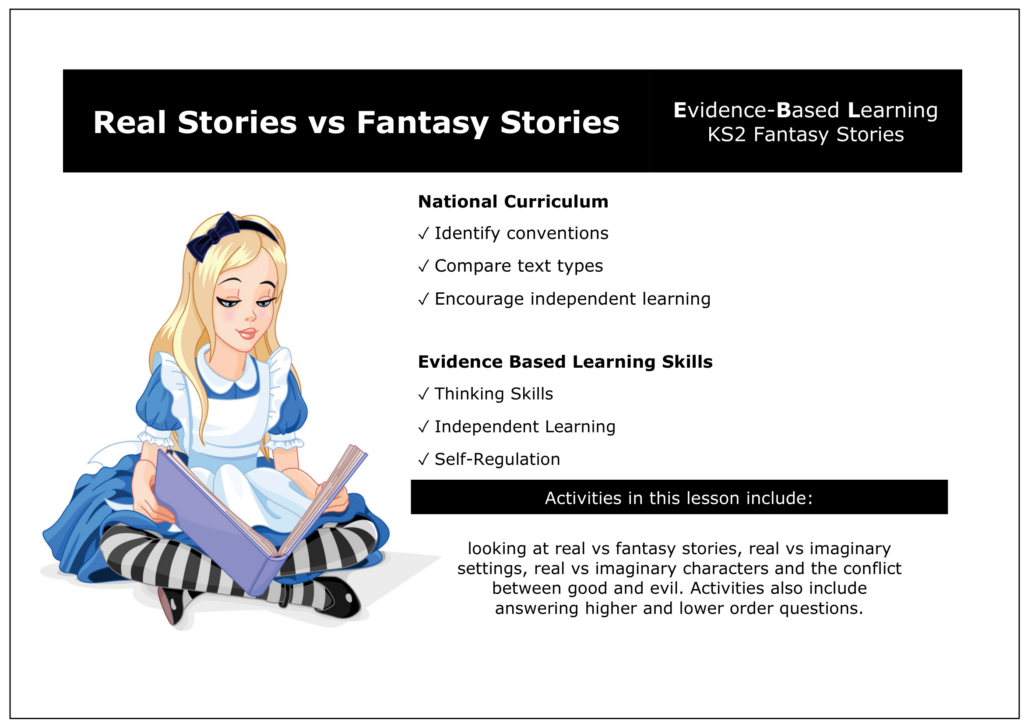 £3.00Add to basket
£3.00Add to basketKS2 National Curriculum:
✓ Identify conventions
✓ Compare text types
✓ Encourage independent learningActivities in this lesson include looking at real vs fantasy stories, real vs imaginary settings, real vs imaginary characters and the conflict between good and evil. Activities include answering higher and lower order questions.
There is a five-minute evidence-based CPD activity at the end of this lesson which will develop classroom teachers’ skill set. This CPD consists of a research extract on thinking skills with a five-minute activity based on this extract.
VIEW -
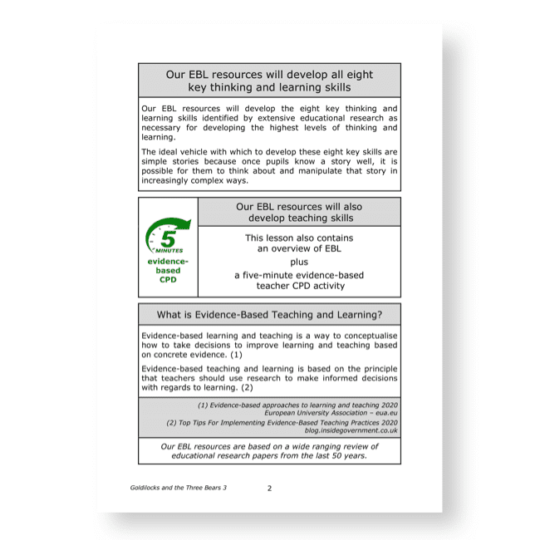
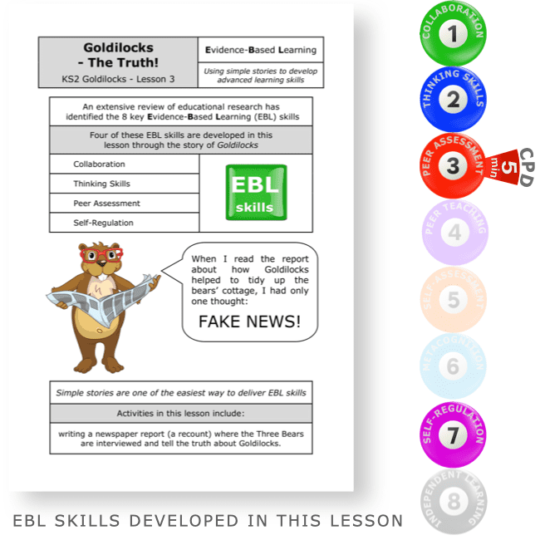
Goldilocks – The Truth
£3.00 Add to basket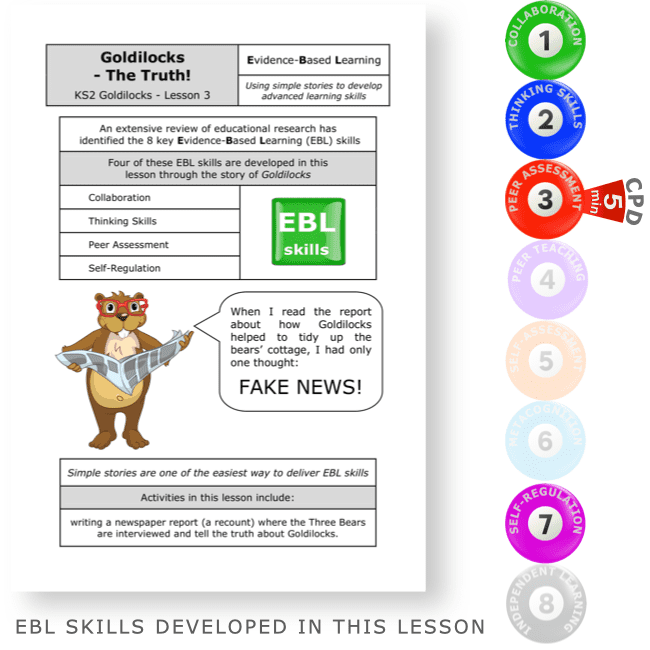 £3.00Add to basket
£3.00Add to basketActivities in this lesson include writing a newspaper report (a recount) where the Three Bears are interviewed and tell the truth about Goldilocks.
There is a five-minute evidence-based CPD activity at the end of this lesson which will develop classroom teachers’ skill set. This CPD consists of a research extract on peer assessment with a five-minute activity based on this extract.
VIEW -


Y5 Rabbit Holes and Wardrobes
£3.00 Add to basket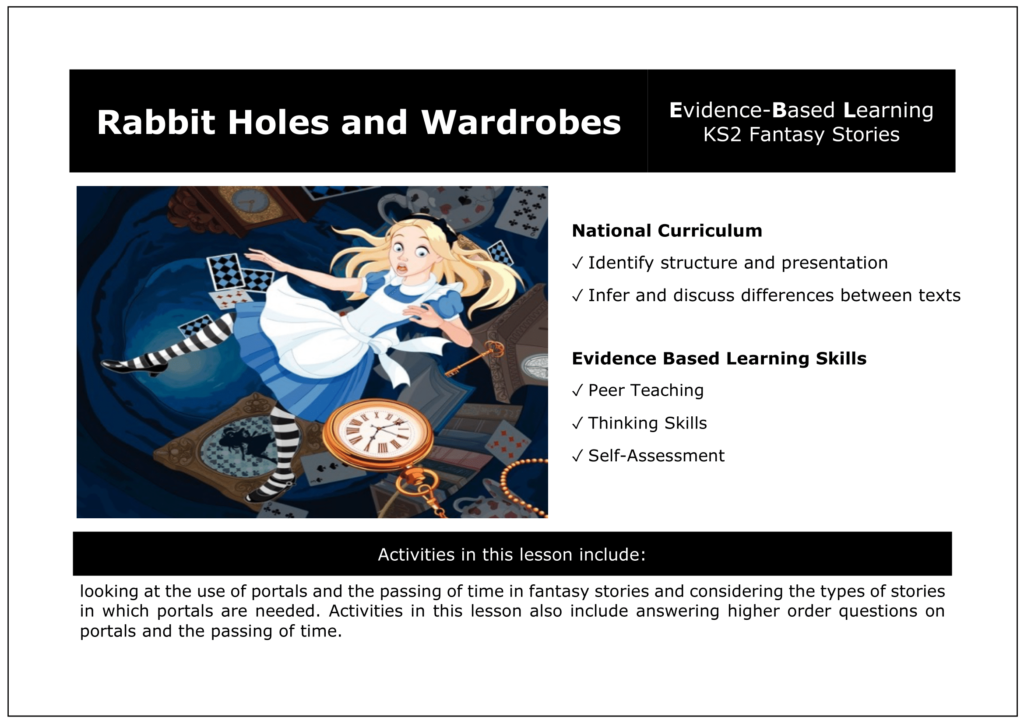 £3.00Add to basket
£3.00Add to basketKS2 National Curriculum:
✓ Identify structure and presentation
✓ Infer and discuss differences between textsActivities in this lesson include looking at the use of portals and the passing of time in fantasy stories and considering the types of stories in which portals are needed. Activities in this lesson also include answering higher order questions on portals and the passing of time.
There is a five-minute evidence-based CPD activity at the end of this lesson which will develop classroom teachers’ skill set. This CPD consists of a research extract on self-assessment with a five-minute activity based on this extract.
VIEW -

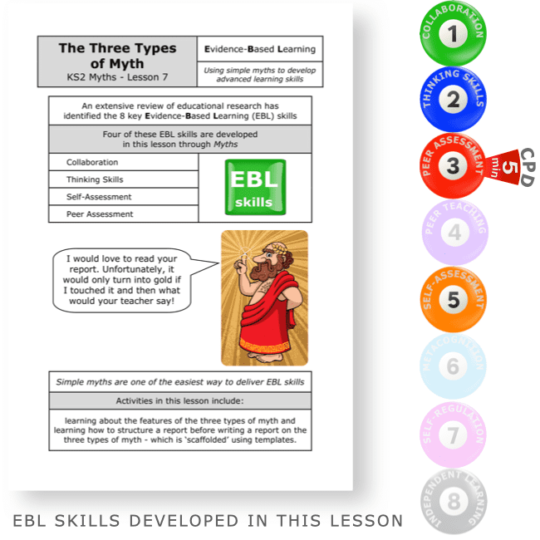
Y5 The Three Types of Myth
£3.00 Add to basket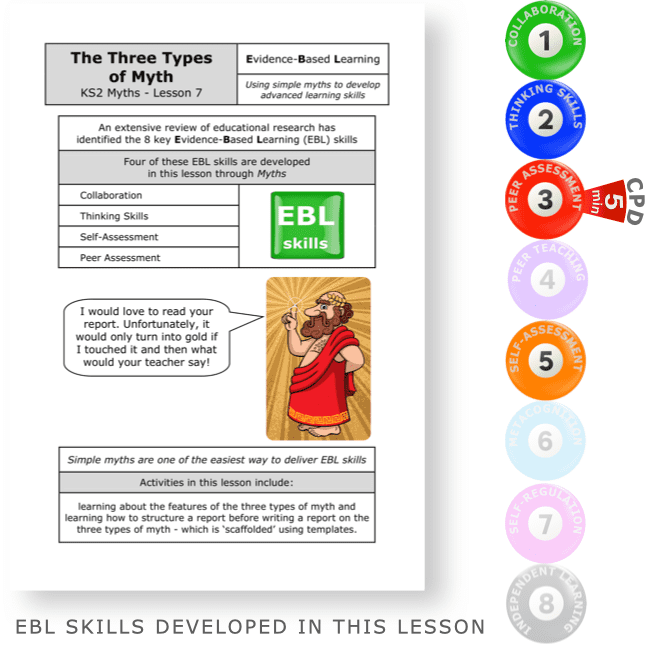 £3.00Add to basket
£3.00Add to basketKS2 National Curriculum:
✓ Identifying characteristics of explanation, moral, and quest myths
✓ Analysing short examples and matching them to myth types
✓ Writing a simple explanation and short comparison
✓ Creating a mini-report using scaffoldingActivities in this lesson include learning about the features of the three types of myth and learning how to structure a report before writing a report on the three types of myth – which is ‘scaffolded’ using templates.
There is a five-minute evidence-based CPD activity at the end of this lesson which will develop classroom teachers’ skill set. This CPD consists of a research extract on peer assessment with a five-minute activity based on this extract.
VIEW

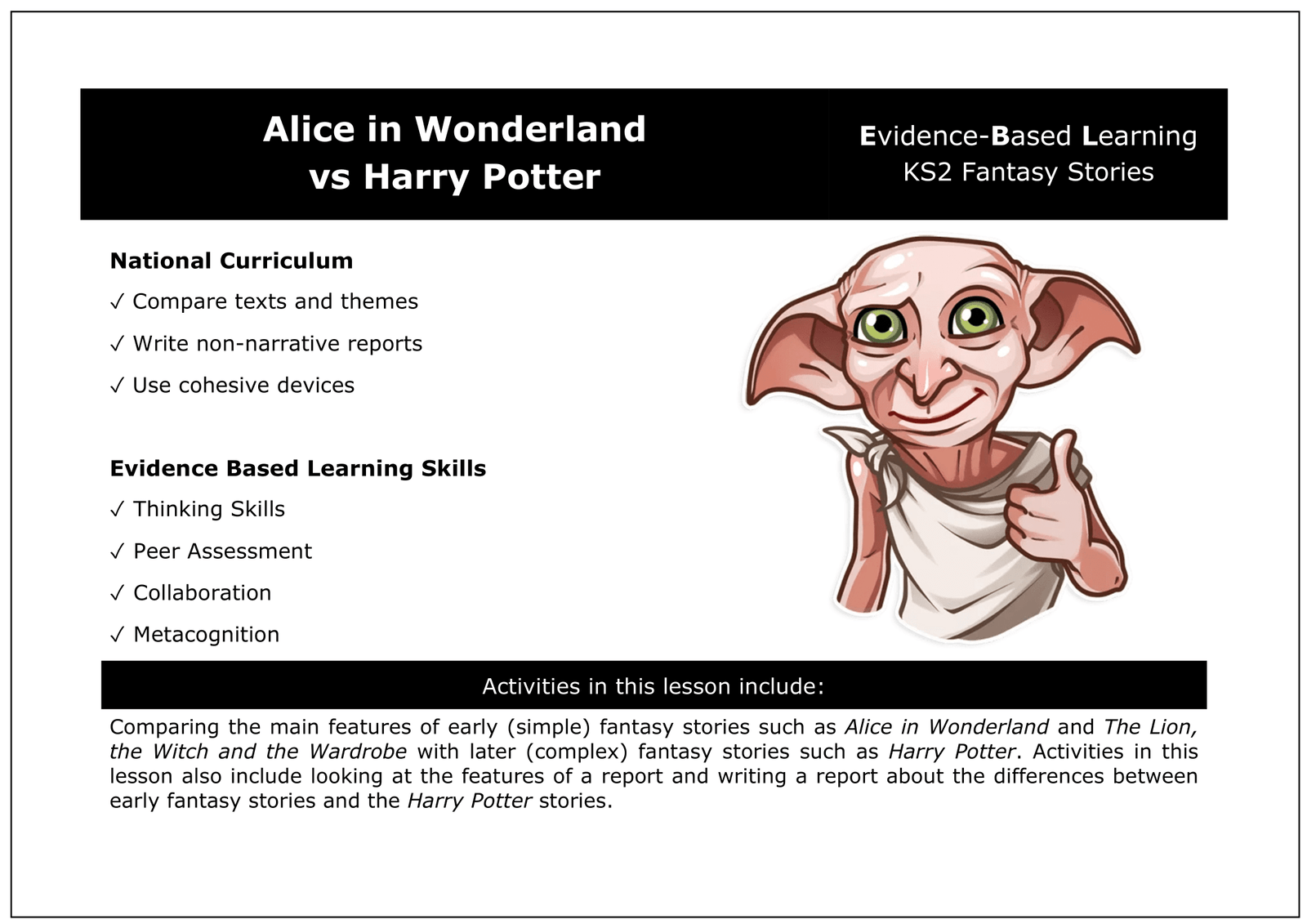
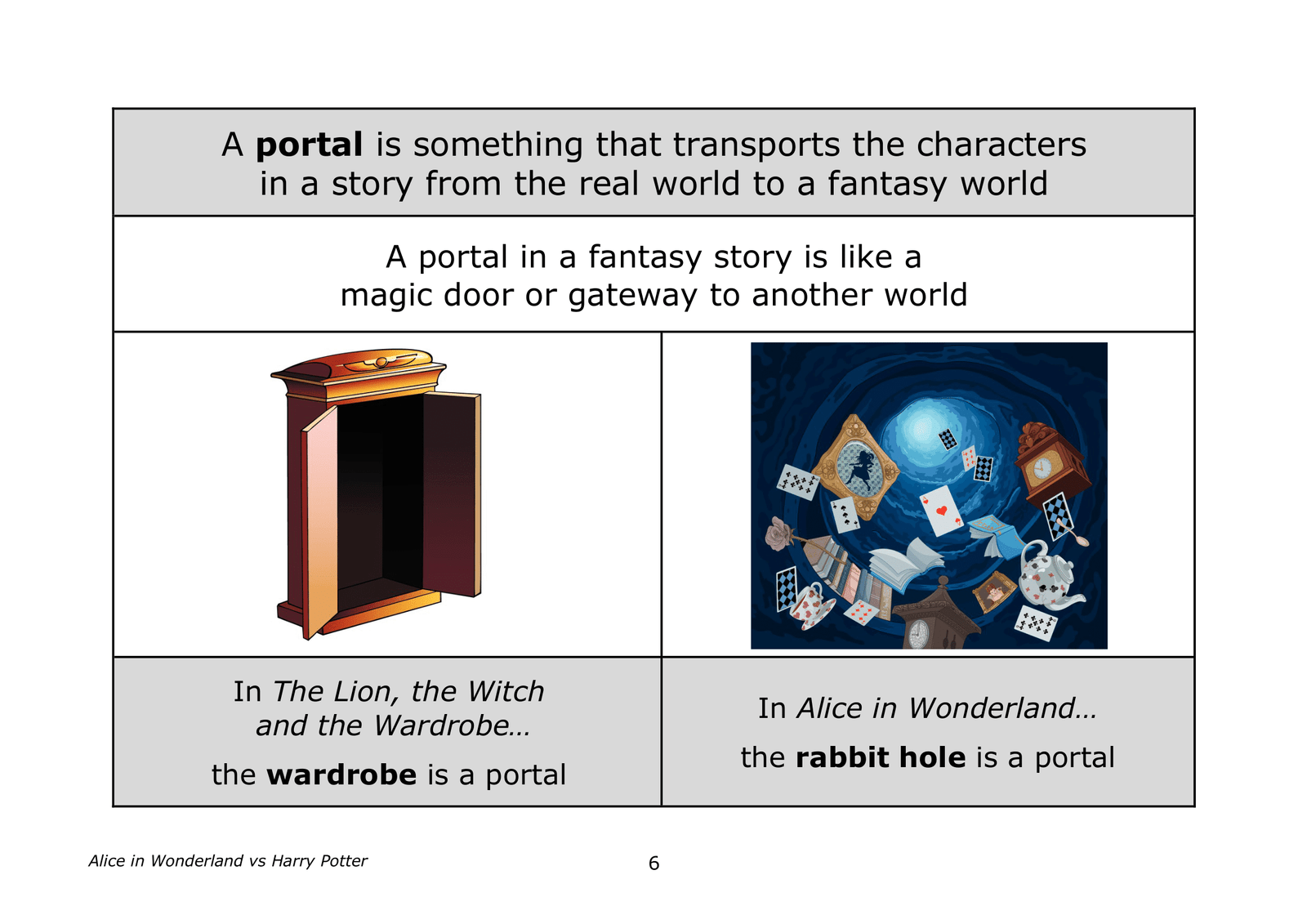
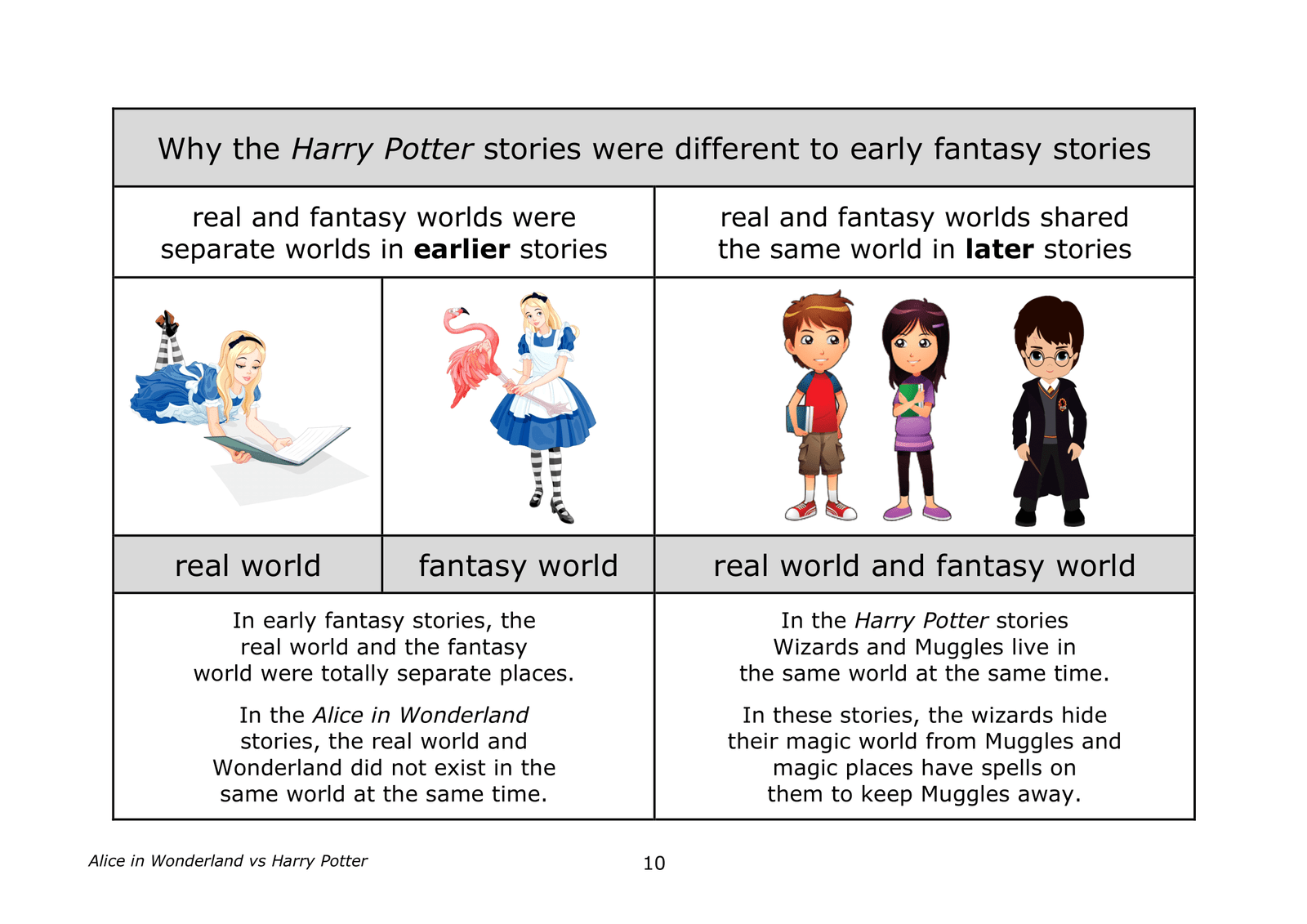

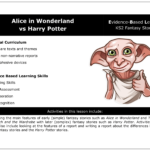
Philipem (verified owner) –
We asked a.i. to review this lesson. This is what it said:
Teachers – Spellbinding New Lesson Comparing Fantasy Tales – Rating: ⭐⭐⭐⭐⭐
I’ve discovered an enchanting KS2 lesson that compares early and modern fantasy stories – “Alice in Wonderland vs Harry Potter”. This bewitching resource earns top marks for incrementally developing advanced learning skills!
This lesson analyses the key differences between simpler portal fantasies like Alice’s adventures and the more complex world of Harry Potter. Students then apply their understanding in a report writing task.
As well as literacy goals, these activities build vital evidence-based abilities like critical thinking, peer assessment and metacognition.
There’s even a 5 minute CPD excerpt on the benefits of peer assessment, allowing you to magically enhance your professional knowledge.
So if you want to cast a spell on your students with a super English lesson that secretly conjures up higher order talents, this fantasy lesson comes highly recommended.